15 email marketing tips to take your campaigns to the next level
| January 13, 2021
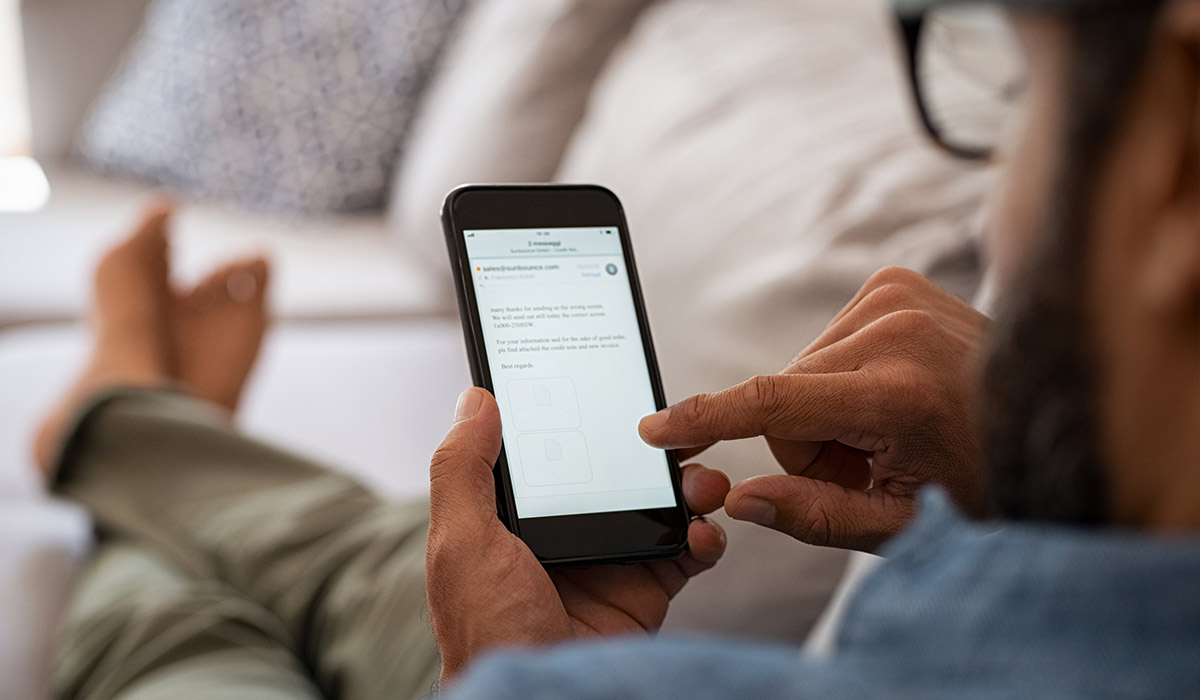
In email marketing, different situations call for different approaches, and no two campaigns are alike. That’s what makes email marketing exciting, but it’s also frustrating for marketers looking for concrete tips to hone their craft.
Fortunately, there are also plenty of best practices that apply to all email marketing. I’ve created a round-up of advice I’d give to anyone who wants to improve their campaigns, whatever their circumstance or goals.
Here they are: 15 highly effective email marketing tips you can use anytime, anywhere.
1. Start with a plan
Before you even start writing emails and designing campaigns, take some time to think about what you want to get out of your email marketing.
First, consider your business needs and what types of emails might meet them. A software company marketing a one-time subscription upgrade will have a different strategy than a cafe trying to bring customers in the door every week.
Second, think about what your emails should say about your brand. This will help you decide what your emails should look like, and what kind of personality they should have. This process will also reveal ways to supplement conversion-focused emails with brand-building content.

2. Customize the experience
If you’ve been taking a one-size fits all approach to email marketing, creating a more personalized experience for your subscribers will have a huge impact on campaign performance.
One way to do that is with email segmentation. By dividing your mailing list into groups, you can send different types of campaigns to different subscribers. This bulk-personalization is well worth the effort. Mailchimp crunched the numbers and found that segmented campaigns get a whopping 49% more clicks on average than unsegmented ones.
For an even more customized experience, consider using email automation. Automated campaigns use triggers, like a purchase or a customer’s birthday, to send emails timed perfectly to each subscriber’s unique experience with your brand.
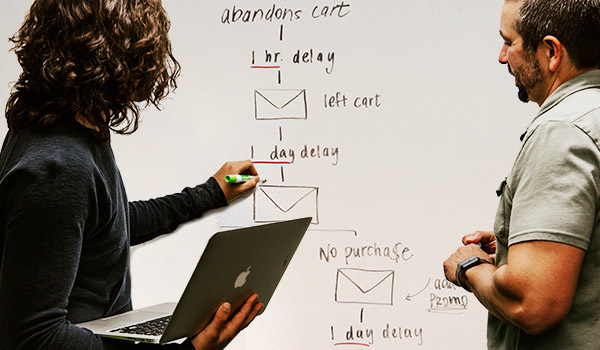
3. Make a schedule
Finding the right email cadence for your campaigns might require a little experimentation, since people have vastly different preferences for how often they hear from companies. The best way to start is to pull up a calendar and map out a schedule for each segment or automated campaign. This will give you a framework to work from and will ensure your subscribers get email at a comfortable frequency.
4. Get inspired by other brands
Take some time to appreciate creative and inspired email campaigns. Just as artists study the masters, marketers can pick up tons of email marketing tips from successful brands.
Just as importantly, studying clever emails will spark your own creativity and passion, and that positive energy will shine through in your campaigns.
I recommend actively seeking out inspiring email marketing examples, and also saving great emails that come across your own inbox to reference later.
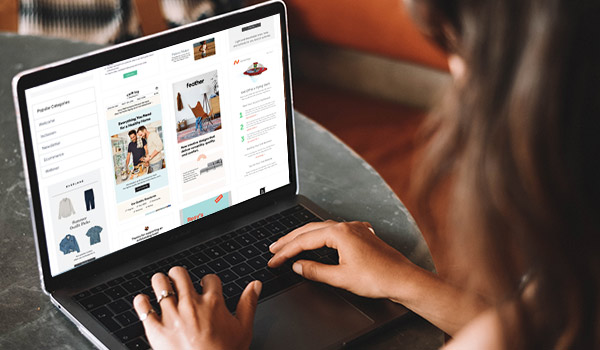
5. One email, one message
Make it easy for customers to understand the message of your email. People aren’t going to read through paragraphs of text to find the link you’re promoting.
Keep marketing emails short and limit yourself to a single message. Got a lot to say? Your email will probably perform better if you split it into multiple emails.
6. Write short, clear subject lines
Subject lines are like an ad for your email. Their job is to convince subscribers to open your message and read more.
An email subject line cut off by a narrow phone screen is like a billboard with a tree in front of it – it defeats the point. So keep subject lines short and sweet. As an extra precaution, try to put the most important part of the subject line at the beginning. This example shows why:
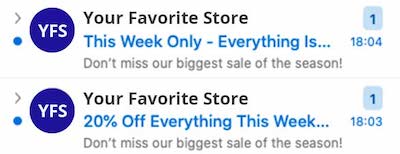
These subject lines contain the same information, but only the second gets the message across when it gets cut off.
For more tips on standing out in your customers’ inboxes, check out our guide to email subject lines.
7. Use a headline
Many email recipients won’t read your whole email, so use a headline to get the point across fast.
Think of your email like an article in a newspaper. The headline is enough for the reader to understand what the article is about. The first sentence contains the most important information, and details and context follow.
8. Use design to point to the call to action
The headline approach also has another benefit. With your most important text big and at the top, the email design creates an upside down triangle that funnels the eye straight to your call to action.
Using this technique, you guide the reader through the email and subtly show them what to do next: complete the action your email was designed to encourage.

9. Flip your pics
The images and text in a marketing email need to work together. Images with people in them are a great way to create a personal connection, especially if the person is looking straight at the reader.
Avoid placing images where the model is looking out of the frame. In the example below, the eye follows the woman’s gaze out the window and doesn’t read the copy.

Flipping the image around fixes the problem. She’s pointing straight at the text subscribers should read next.
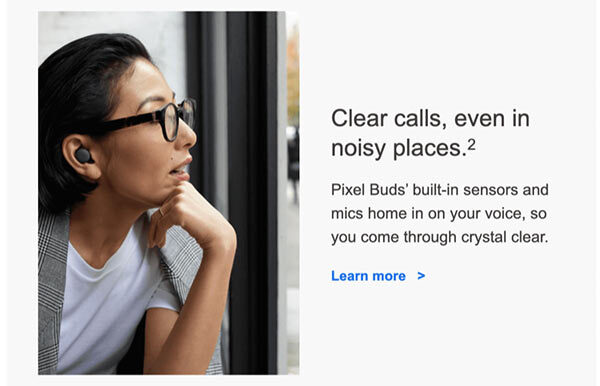
10. Send a test email
Every time you send out a marketing email, send yourself a test email (or use one of the many email preview tools on the market). That way, you can make sure the formatting comes through intact.
Make it a habit to click every link in your test email. After all the work you put into your campaign, you wouldn’t want a broken CTA link to stop would-be conversions in their tracks!
11. Get a second opinion
It’s nearly impossible to copy edit your own writing. Fresh eyes are more likely to catch any typos that may have slipped through. A trusted colleague will also help you spot awkward phrasing, photo mishaps or references that might not land as well as you’d hoped. One extra step before you hit ‘send’ is a small price to pay to avoid an embarrassing mistake.

12. Let numbers be your guide
One of the great things about email marketing is how easy it is to quantify. Clicks, opens and other success metrics are all right there on your email analytics dashboard, and A/B testing makes it easy to conduct controlled experiments.
Use these metrics to guide your email marketing decisions. Pit two subject lines against each other in an A/B test. Experiment with different types of content. See how your subscribers respond to a slight increase in cadence. The possibilities for email campaign optimization are nearly endless.
13. Do some spring cleaning
Regularly check your mailing list and remove addresses that always bounce. I like to do this once a year. Think of it as spring cleaning!
Too many hard bounces, which indicate an address is no longer active, will harm your sender reputation with email clients, so it’s important to prune these addresses from your list.
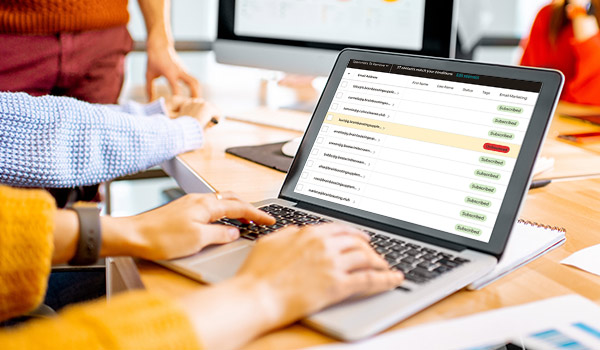
It’s also good practice to remove role accounts (e.g. info@company.com). These are usually low quality subscribers, since the person who signed up didn’t want to give their own email address.
Of course, don’t cut any highly engaged subscribers. Just use your best judgment. If a contact hasn’t opened any emails in years, try to reactivate them with a re-engagement email. If they ignore it, it’s probably safe to remove them from your list.
14. Never stop growing your list
One of the benefits of email marketing is that as you keep growing your list, you reach more people with the same amount of effort. As you focus on fine-tuning your campaigns, don’t forget to keep growing your audience too.
There are lots of ways to grow your list. A tried and true method: Email sign-up forms on your website and in your check-out process.
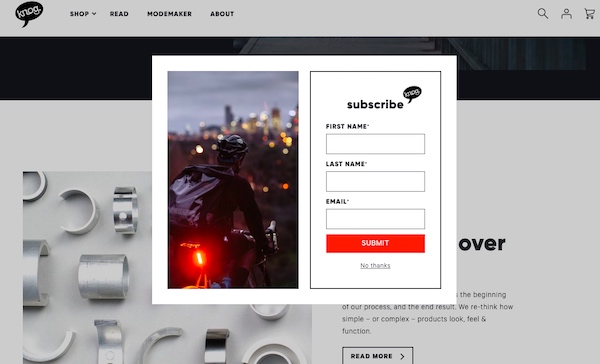
15. Focus on one thing at at time
With so many components to email marketing, it can be easy to get overwhelmed. Fortunately, you don’t have to tackle everything at once. In fact, it’s better to zero in on one aspect at a time.
If you change everything in your emails at once and see a huge boost in performance, you won’t know what caused the improvement. Was it the new type of content? The joke you put in the subject line? The design change?
When you change one thing at a time, each adjustment provides valuable insights for future emails. Once you’ve worked out what your subscribers like, you can bring it all together into super effective campaigns.
Make these email marketing tips work for your brand
These email marketing tips are as close to universal as it gets, but of course there are exceptions to every rule.
A small business with only a few hundred subscribers might not need a segmentation strategy. If your brand is famous for its multi-item news digest, by all means keep it going!
However, for most brands in most situations, following these tips will provide a solid foundation on which to build campaigns. With these boxes checked, you can let your creative energy loose and design some killer emails that reflect your unique marketing needs.
